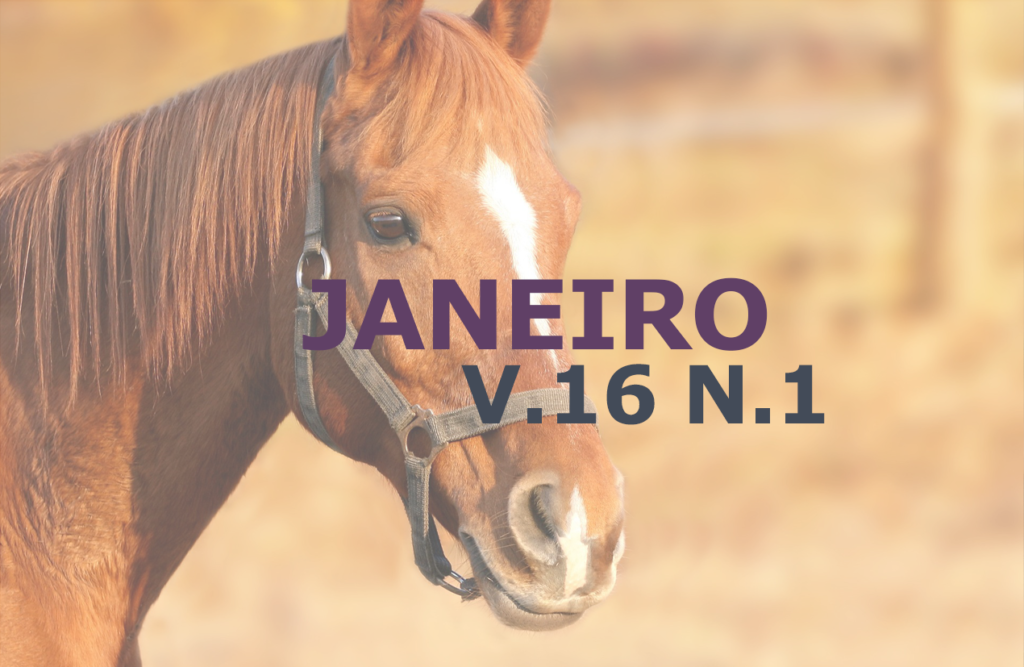Micotoxinas em silagem
DOI:
https://doi.org/10.31533/pubvet.v16n01a1014.1-9Palavras-chave:
Adsorventes, contaminação do leite, ensilagem, fungos, inoculantes bacterianosResumo
O processo de ensilagem consiste na preservação da forragem verde. Porém, erros nas operações durante a colheita, o armazenamento ou até na abertura do silo, pode resultar em colonização de fungos e produção de micotoxinas. Sendo assim, é importante desenvolver estratégias para mitigar os efeitos negativos das micotoxinas na alimentação de vacas leiteiras. Objetivou-se revisar a literatura sobre a contaminação de silagem por micotoxinas, incluindo fatores predisponentes para a contaminação e as formas de prevenção e mitigação. As principais condições ambientais que favorecem a síntese de micotoxinas são a temperatura, o pH e a atividade de água. Além disso, fatores ligados a operação, como a colheita atrasada, atrasos na vedação do silo, a densidade de compactação ou uso vedantes danificados também favorecem o crescimento fúngico. O controle desses processos na ensilagem tem como objetivo evitar a contaminação por fungos toxinogênicos. No entanto, as estratégias de controle atuais não são totalmente eficazes. Algumas estratégias seguras e relativamente econômicas são o uso de adsorventes de micotoxinas ou de inoculantes bacterianos, que podem ser usados para reduzir a absorção de micotoxinas no trato gastrointestinal.
Downloads
Publicado
Edição
Seção
Licença
Copyright (c) 2022 Pamella Grossi de Sousa, Guilherme Lobato Menezes, Alan Figueiredo de Oliveira, Frederico Patrus Ananias de Assis Pires, Rafael Araújo de Menezes, Eduarda Chaves de Oliveira, Ana Eliza da Silva, Lúcio Carlos Gonçalves, Diogo Gonzaga Jayme

Este trabalho está licenciado sob uma licença Creative Commons Attribution 4.0 International License.
Você tem o direito de:
Compartilhar — copiar e redistribuir o material em qualquer suporte ou formato
Adaptar — remixar, transformar, e criar a partir do material para qualquer fim, mesmo que comercial.
O licenciante não pode revogar estes direitos desde que você respeite os termos da licença. De acordo com os termos seguintes:
Atribuição
— Você deve dar o crédito apropriado, prover um link para a licença e indicar se mudanças foram feitas. Você deve fazê-lo em qualquer circunstância razoável, mas de nenhuma maneira que sugira que o licenciante apoia você ou o seu uso. Sem restrições adicionais
— Você não pode aplicar termos jurídicos ou medidas de caráter tecnológico que restrinjam legalmente outros de fazerem algo que a licença permita.





